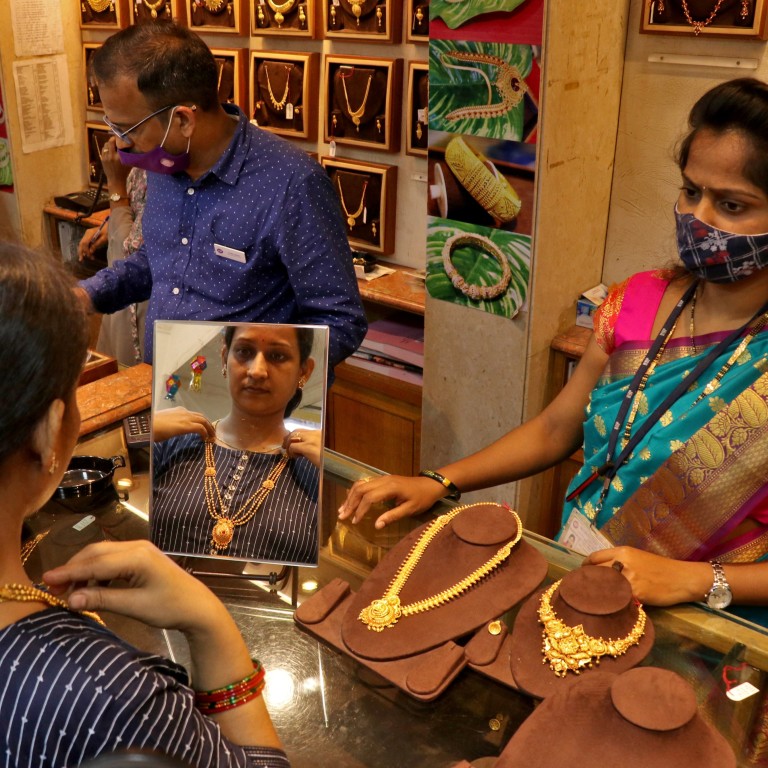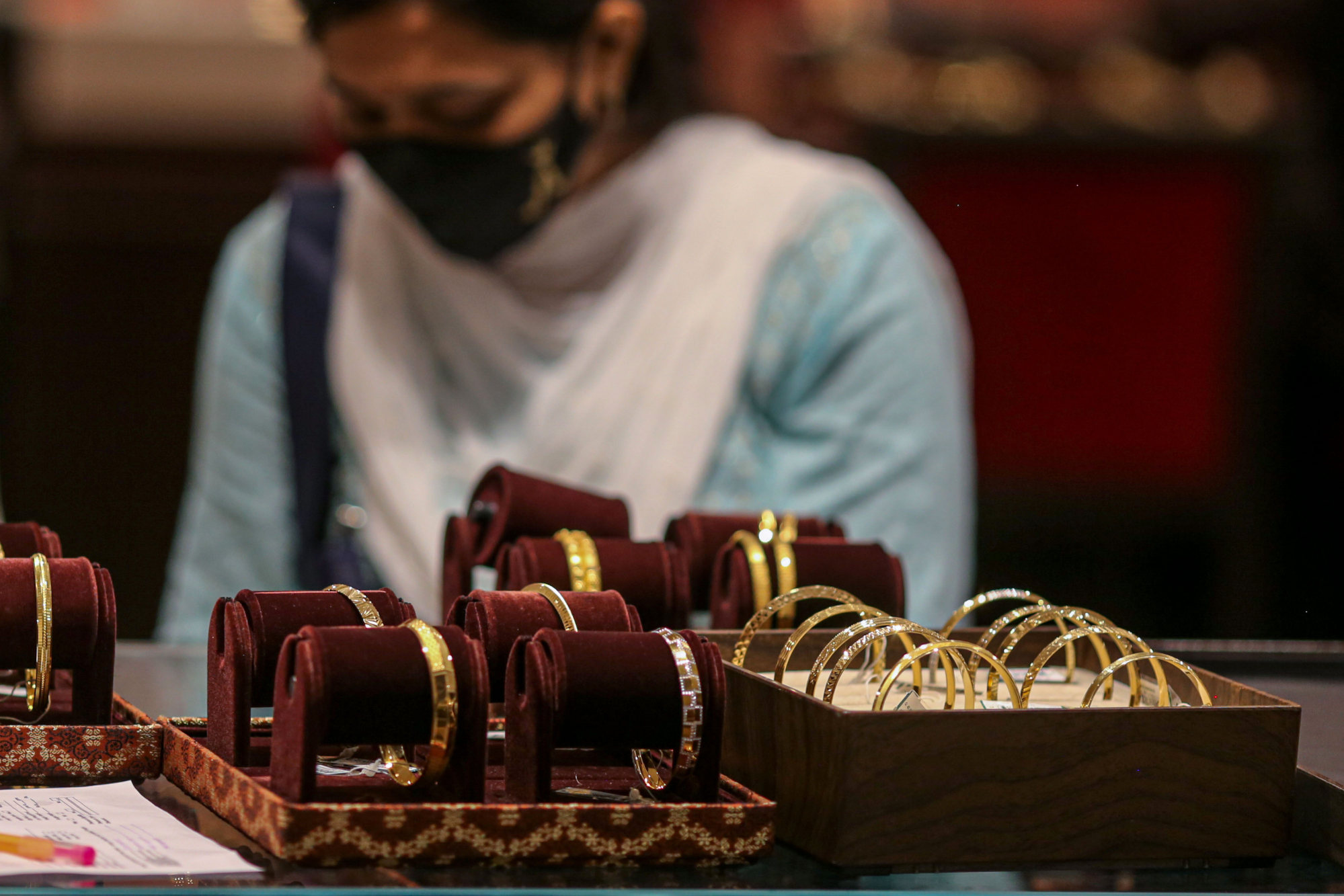
Poor Indians targeted by smugglers to sneak in gold in belts, underwear, computers
- India’s penchant for gold and high duties has made it a gold smuggling hotspot, with over 3,000kg confiscated in the first 11 months of 2022
- Smugglers use mules or underprivileged people as carriers, with most of the smuggled gold coming from the Middle East
India’s appetite for gold is legendary and goes back centuries, but that craving for the precious metal, along with high import duties has turned the country into a prime destination for smugglers, with one jewellery executive calling for more regulation to prevent the illegal trade from flourishing.
Indian investigators have also found links between local politicians, officials, gold traders, and the international gold mafia. In February last year, 43-year old Bangalore resident Raees Ahmed Ikkeri was arrested for aiding and abetting an interstate gold smuggling racket, through various ports in the country.
In another smuggling racket, gold worth 150 million Indian rupees (US$1.84 million) was seized from the diplomatic baggage of the UAE consulate at Thiruvananthapuram airport in Kerala in July 2020.
Several people were arrested in connection with the matter including M Sivasankar, the former Principal Secretary to the Chief Minister and Swapna Suresh, an ex-employee of the UAE consulate in Thiruvananthapuram.
Gold seizures by enforcement authorities reached a three-year high confiscating 3,083kg of the precious metal in the first 11 months of 2022.
Many people use mules or underprivileged people as carriers.
In December, in Kozhikode, Kerala in South India, Shahla, a 19-year-old from Dubai, was found to have 1,884 grams of gold worth 10 million rupees hidden in paste packets in her undergarments.
She was reportedly handed the gold by a “friend” and paid 60,000 rupees to be a carrier.

Most of the smuggled gold comes from the Middle East, where the quality of gold is supposed to be higher. The Middle East also accounts for almost 75 per cent of gold imported into India.
Gold is also smuggled in as powder, mixing it with iron and potassium to escape detection. According to estimates from the World Gold Council, the seizure rate of illicitly traded gold in India is only about 2 per cent.
The Gold Control act which was in force between 1968-1990 banned Indians from owning gold bars or coins and this led to a huge black market. In the 1990s economic reforms repealed this act and put a cap of 450 rupees per 10g of gold, bringing smuggling to a halt.
Rates started rising around 2013, with a change in government policy and removal of the cap on gold imports.
India now allows just 20g of gold for men and 40g of gold for women to be brought in legally, with the rest taxed at a rate of 12.5 per cent, a GST of 3 per cent and 5 per cent on making gold ornaments.
Gold’s importance to Indian families
Demand for gold in India is also high because it is considered a valuable inheritance and way to preserve wealth across generations. It is given to daughters at weddings, and for the birth of a child and joyous festivals like Diwali, when people spend a lot on new clothing and expensive jewellery. Weddings account for almost 50 per cent of the annual gold demand in the country.
“Gold is always viewed in India as something eternal that you should bequeath to your children,” said Shruti Kumar, 55, an advertising professional in Chennai.
Smuggled gold in India moves mainly into the hands of small scale jewellers who make ornaments, which then enters the legalised trade channels. Gold hallmarking, which certifies the purity of gold and strengthens the trust of consumers in the quality of gold in India, was made mandatory in India in 2021, but some 40 per cent of the gold traded lacks hallmark.
Unless Indians start buying hallmarked gold only from reputed jewellers with a bill, smuggling cannot be plugged
“High import duties and prevalence of fake hallmarking centres and unregistered manufacturers continues to encourage smuggling resulting in a 5 per cent difference in gold pricing,” says Arjun Varadaraj, executive director at Chennai-based NAC Jewellers.
According to Varadaraj, a two-way approach is required to stop smuggling. The government, along with reducing duties, must also prevent fake hallmarking by auditing licences.
Anisha Cherian, 34, a teacher in Kerala, says: “Unless Indians start buying hallmarked gold only from reputed jewellers with a bill, smuggling cannot be plugged.
The reason for continued smuggling is that this contraband gold circulates to small jewellers and many Indians still buy jewellery without bills from these so called “family jewellers”, Cherian added.
With the price of gold expected to reach 60,000 rupees per 10 grams in the Indian market by 2023, many Indians argue that higher taxes only incentivises smuggling of gold. In a recent report released by Parliament that showed Myanmar becoming the main transit corridor route, Finance Minister Nirmala Sitharaman said that “smuggling of gold ‘seems to have its own cycle’ irrespective of high or low customs duty”.

